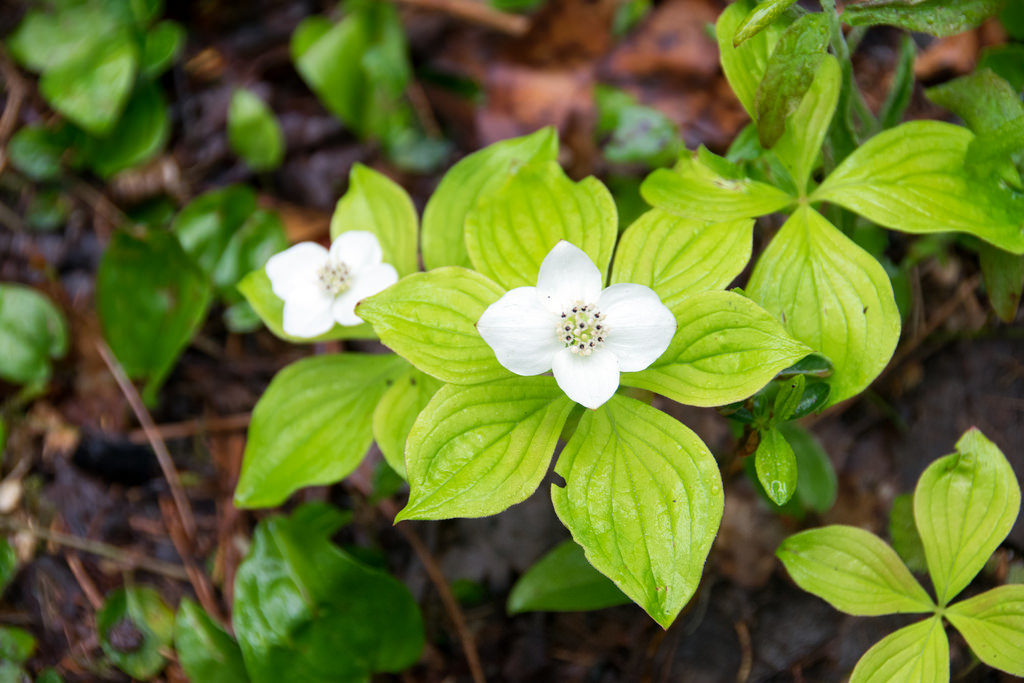
Struggling with plant choices? What plant should I grow where? What plant is this in my garden? What types of plants grow well in shade or in certain soils?
Plant Choices – Databases can help!
The most important consideration is ‘right plant, right place’ which is just a way of saying that your growing conditions must guide you. How much light? What type of soil? What zone? Are there overhead lines? Is it close to a house or septic bed…etc. Use the databases to find the information you need to make a good decision. With trees and shrubs, it’s especially important to consider the ultimate size to avoid constant pruning in the future.
Please consider including some native plants as they are so beneficial for our environment. Many of them are hardier than imported plants and lots are downright beautiful too!
What is a Native Plant? The definition proposed by Rick Darke and Doug Tallamy in their book, The Living Landscape provided me with this quote “A plant or animal that has evolved in a given place over a period of time sufficient enough to develop complex and essential relationships with the physical environment and other organisms in a given ecological community.” More about growing native plants:
Plant Choices – great images, descriptions, and details about growing conditions
- Missouri Botanical Garden – Plant Finder/Identification
- Mushroom Expert (good for the ID of mushrooms but also has a very extensive Tree list & pics too)
- Northern Ontario Plant Database
- Ontario Rock Garden Society
- Ontario Trees and Shrubs
- Ontario Wildflowers
- The PlantList – This list aims to be comprehensive for species of Vascular plants (flowering plants, conifers, ferns, and their allies) and of Bryophytes (mosses and liverworts). Collaboration between the Royal Botanic Gardens, Kew, and Missouri Botanical Garden enabled the creation of The Plant List by combining multiple checklist data sets held by these institutions and other collaborators.
- World Plants.ca – Mike Pascoe advertises this as the “largest plant database in North America”.
- What Tree is It – great site for identifying trees – by Leaf, by Fruit, by Name (common or scientific)
Native Plant Choices and Sources (local zone 5-6 Southwestern Ontario, Canada)
- Upper Thames Conservation area – pdf of native trees, shrubs, and vines
- Upper Thames Conservation – pdf of Southwestern Ontario Nurseries that Sell Native Plants, Trees & Seeds
- Canadian Wildlife Federation Encyclopedia of native plants
- CANPLANT – Native plant database
- Kayanase Greenhouse
- Maajiigin Gumig Native Plant Greenhouse
- Native Trees and Plants
- Ontario Native Plants
- Ontario NativeScape – Wildlife and Habitat Management
- Orange Dog Natives
- St Williams Nursery and Ecology Centre
- Windover Nurseries
- Baseline Nurseries
Plant Identification – Scientific Databases and Dichotomous Keys
- International Code of Botanical Nomenclature
- Identifying 50 Major Plant Families
- Dichotomous key to Families – Go Botany
- Flora of North America
- Michigan Flora database – intended both to be an evolving illustrated companion to the Field Manual, presenting photographs of the species and their diagnostic features.
- Database of Vascular Plants of Canada – downloadable highly scientific database developed through the University of Montreal
- Identifying Cultivars – find a specialty group here as dichotomous keys won’t help. International Cultivar Registration Authorities
Weed and Invasives Identification
- Weed ID – Guide for Ontario Crops
- Ontario Weed Gallery
- OMAFRA Weed Identification Keys
- University of California Identification Key
- Weed Science Society of America – Identification Resources
- Identifying Invasive Species





About The Author: Armstrong
As an author and editor, Linda directs her lifelong love of nature and plants to concerns about our environment and how we can do better. In addition to decades of gardening experience, and training as a master gardener, Linda focuses on learning from leading science-based educators and writers, and in the process finds that she uncovers many gardening myths.
More posts by Armstrong